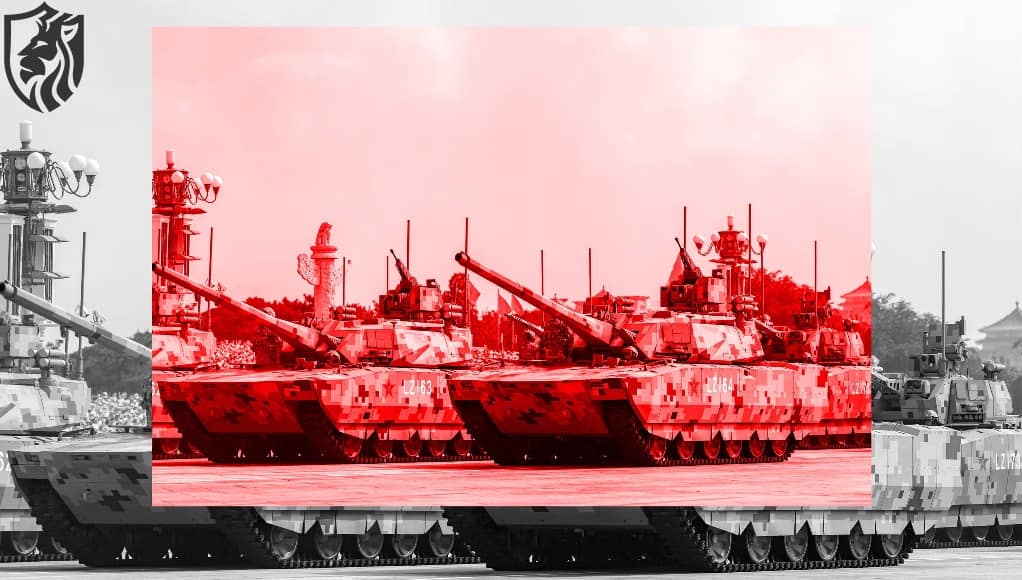
African Union Moves to Stop Spread of Mercenaries
Why the African Union is toughening up
African leaders are remaking a model legacy to respond to the current surge in foreign fighters. The African Union moves to stop the spread of mercenaries after its Peace and Security Council calls for a new strategy to address modern threats and plug legal loopholes.
From a 1977 standard to a 2025 reality
The 1977 OAU Convention condemned mercenarism as a serious threat to sovereignty and development. It still underpins continental law today. However, it predates private military companies and hybrid warfare. It also predates the emergence of digitally enabled recruitment and influence. Therefore, a careful, modern revision is overdue.
What the draft tries to change
Reports indicate that the draft update of 40 articles aims to enhance definitions, clarify state obligations, and establish a clear human rights oversight framework.
It also trials stronger sanctions on governments for using foreign fighters, thereby curbing impunity and improving access for victims. The African Union moves in a way to avoid the spread of mercenaries, not just through prohibitions but also through enforcement mechanisms that can be benchmarked and audited.

Parliamentary momentum
In June 2024, Pan-African Parliament committees pressed for a stronger instrument. Zimbabwe’s Pupurai Togarepi urged members to “eradicate this scourge” and protect sovereignty, while Libya’s Salem Masoud Gnan called for unity against destructive international actors. Their interventions underscore a growing political coalition behind the update.
The Russia factor—and why numbers matter
The review primarily focuses on forces aligned with Russia. Wagner, at some point or another, operated 5,000–7,000 fighters in CAR, Libya, Mali, and Sudan; its replacement, “Africa Corps,” has reportedly eyed up to 20,000 troops. Those numbers, however loose, indicate the scale regulators must contend with when the African Union moves to stop mercenaries’ proliferation.
Security, governance, and accountability risks
Mercenary deployments can reinforce hardening hegemonic ruling groups, bias resource control, and subcontract coercion with plausible deniability. The new convention is thus bound to have human rights monitoring and reporting obligations so that abuses are recorded, probed, and sanctioned—and not subcontracted stealthily.

How implementation could work
The upgrade should tie obligations to equipment, ensuring continent-wide reporting of incidents, coordination of sanctions, and procurement due diligence for any security contractor. Moreover, states will need national law, prosecutor guidelines, and watchlists on border controls. Once these measures are in place, the African Union’s efforts to stop the spread of mercenaries can transition from a mere promise to a tangible accomplishment.
Measuring progress
Practical benchmarks would include ratifications secured, domestic legislation passed, prosecutions launched, contractor licenses suspended, and reported reductions in mercenary activity in conflict zones. Regular public scorecards would increase credibility and enable donors to target aid more effectively.
What to watch next
First, follow the path of the draft through African Union organs and member parliaments. Second, watch the Sahel and Libya theaters, where demand for mercenaries spikes with governance vacuums.
Third, observe whether partner states align their export controls and financial-crime tools. The goal is to stifle the business model at its origin. If coordination holds, Africa can rebalance security provision and consolidate sovereignty. That is the ultimate goal of African Union efforts against mercenaries.
References
- AU PAP press release on revised OAU mercenary convention (June 2024)—au.int
- OAU Convention for the Elimination of Mercenarism in Africa (1977)—au.int
- ADF feature: “AU Moves to Stop Spread of ‘Mercenaries’—Africa Defence Forum”
- ISS Africa PSC Report: “Enhancing the framework on mercenarism in Africa” — ISS Africa









